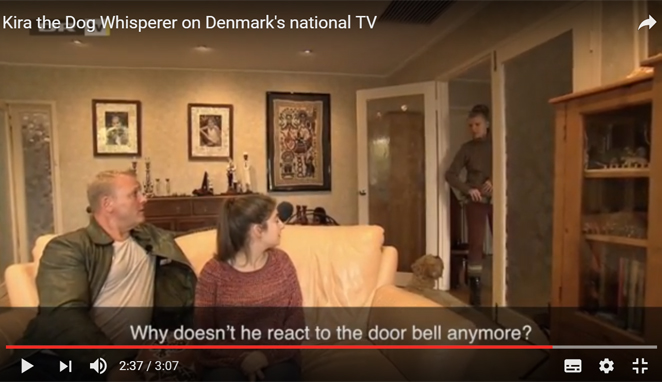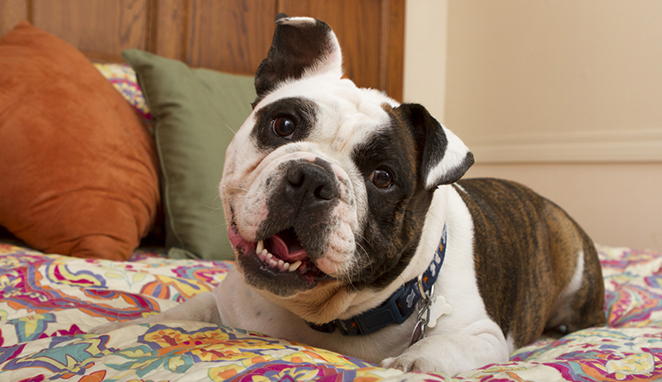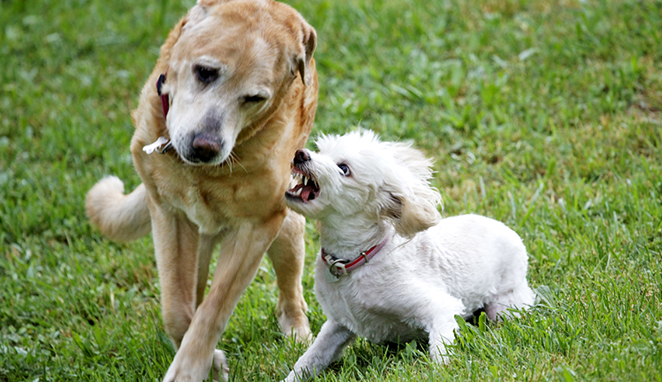Kira the Dog Whisperer featured on television
Denmark’s national TV station aired a program featuring Kira as a Danish dog whisperer living downunder. Popular Comedian, Jan Gintberg, tagged along with Kira as they visited Murphy, a Wheaten Terrier that really doesn’t like visitors coming into the house.




